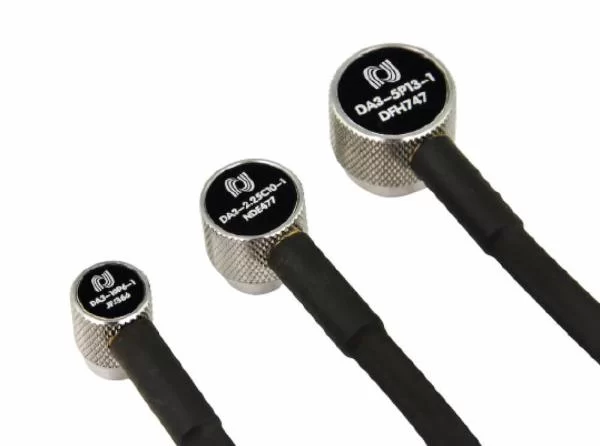Introduction
Dual Element Transducers are a kind of long-wave transducer with a split element. Half of the element is a transmitter, while the other half is a receiver. With dual element transducers, you can have an audio and visual performance simultaneously.
There are many advantages to using dual element transducers in your projects, which you might not know yet. Let’s explore these advantages together:
-
What is a Dual Element Transducer?
A dual-element transducer is a single transducer containing two small (typically <1 mm) elements operating in compression. Dual element ultrasonic transducers usually have a higher frequency than the equivalent conventional transducer due to the shorting of the air element and the absence of a slow-velocity layer between the two elements.
Dual element transducers use either piezoelectric ceramics or piezoelectric polymers as their materials, with ceramic being more common. These materials can generate high ultrasonic pressures, are easily manufactured, have a high impedance, and are small.
Many dual-element transducers also have one large open-sided “air” element (typically 1–2 mm in diameter) to prevent the formation of a slow-velocity layer that would otherwise dampen the ultrasonic energy generated by the shorter elements.
The air element is tuned to resonate at half the frequency of the first two elements, unlike immersion transducers that use a reflector tuned to resonate at one-quarter of the frequency of their primary piezoelectric element. This improves their response by providing an anti-resonance at these lower frequencies.
1.What are the Applications of Dual Element Transducers?
- Remaining wall thickness measurement: The electric utility market uses dual-element transducers in radial welds to inspect current transformer bushings, bushing-insulator-bushing (BIB) joints, and breakers or switchgear ground connections. In this application, the dual element probe is inserted into the weld area and measures the thickness of the unwelded metal section to predict the remaining wall thickness accurately.
- Corrosion/erosion monitoring: This application is used in the oil industry to monitor corrosion and erosion in oil wells and pipelines, the chemical industry to measure the remaining wall thickness of storage tanks, and natural gas processing plants to monitor corrosion on floating roofs, and water treatment facilities to monitor corrosion in water pipes.
- Weld overlay and cladding bond/disbond inspection: The dual-element probe is used in these applications to accurately measure the thickness of welded surfaces after welding or milling. A dual-element probe is inserted into the weld area to determine the level at which powder coating should be applied.
- Weld inspection/weld overlay: Most applications require that welded surfaces are visually inspected for cracks, porosity, laminations, and any other signs of imperfections before final welding operations are done. A dual-element probe can aid in the detection of weld defects by locating the edges of imperfections allowing them to be removed before final welding operations.
- Crack detection in bolts or other cylindrical objects: In this application, a dual element probe is inserted into the bolt to measure its overall diameter, which provides information about the location, length, and size of any cracks inside the bolt.
2. What are the Advantages of Dual Element Transducers?
- Dual element transducers provide better resolution in the near-surface region than single element transducers, especially at higher frequencies.
- Dual-layer wires can be shaped to conform to the shape of a workpiece or part and can be used for penetration along a curved surface and flat parts.
- Using dual layers reduces the effects of backscattering noise in coarse materials and allows penetration on rough or irregular surfaces.
- Integration of both elements into one design allows more directional control over probe placement and can minimize disturbance by superficial defects and surface imperfections such as scratches and burrs
- This type of transducer can be contoured to match the shape of a workpiece or part, allowing one to inspect a complex region with less effort and fewer detectors.
- Dual element transducers are versatile and can be used in transmission, reflection, or subsurface imaging applications.
Conclusion
When you are thinking about exploring the wonderful world of underwater audio, don’t miss out on the advantages of using dual-element transducers. There are many applications you can use DETs in. You can use them for medical purposes or leisure activities. They have been proven to be very effective and helpful, plus they have many other advantages that can help you in your projects.
NDT-KITS is a global corporation for inspection and examination, a high-tech enterprise with advanced manufacturing, research, and development capabilities that manufacture ultrasonic flaw detection equipment, probes, and other NDT products.

